Quito, Ecuador was the setting for the United Nations’ Habitat III conference on housing and sustainable urban development, which took place last October and resulted in the official adoption of the New Urban Agenda.
It is now estimated that 54.5% of people live in urban areas. Taking place every 20 years, the Habitat III conference is the first Habitat to occur when the majority of the world population is living in urban settings.
Providing a roadmap aimed at steering policy and practice around global sustainable urban development for the next 20 years, the document supporting the New Urban Agenda was agreed in September at the UN General Assembly. With the principles already set, Habitat III offered an opportunity to give greater attention to action and implementation.
The New Urban Agenda will seek to align with the UN 2030 Agenda for Sustainable Development, particularly Sustainable Development Goal (SDG) 11, which aims to “make cities and human settlements inclusive, safe, resilient and sustainable”. But it has already attracted criticism for lacking direct links to the aims set out in SDG 11.
By readdressing the way cities are planned, designed, financed, developed, governed and managed, the New Urban Agenda has several ambitions: to end poverty and hunger in all its forms and dimensions; to reduce inequalities; to promote sustained, inclusive, and sustainable economic growth; to achieve gender equality and the empowerment of all women and girls in order to harness their contribution to sustainable development; to improve human health and wellbeing; and to foster resilience and protect the environment.
In a seven-point call to action, the Agenda acknowledges that specific attention should be given to addressing urban development challenges, particularly in developing countries, including African countries, least developed countries, landlocked developing countries, and small-island developing States, as well as the specific challenges facing middle-income countries. It also promises to focus on countries where there is conflict, countries and territories under foreign occupation, post-conflict countries, and those affected by natural and man-made disasters.
With a nod, perhaps, to current political and social tensions, the call to action also vows to address multiple forms of discrimination faced by, among others: women and girls, children and youth, people with disabilities, older persons, indigenous peoples and local communities, homeless people, workers, and migrants.
The action plan also wants to see appropriate measures be taken that facilitate access for people with disabilities to the physical environment of cities, in particular, to public spaces, public transport, housing, education and health facilities. A commitment is also expressed to promote “safe, inclusive, accessible, green, and quality public spaces, including streets, sidewalks, and cycling lanes, squares, waterfront areas, gardens, and parks that are multi-functional areas for social interaction and inclusion, human health and wellbeing, economic exchange, and cultural expression and dialogue…”
On architecture and planning, it underlines the importance of the urban form, infrastructure, and building design as among “the greatest drivers of cost and resource efficiencies, through the benefits of economy of scale and agglomeration, and fostering energy efficiency, renewable energy, resilience, productivity, environmental protection, and sustainable growth in the urban economy”.
And, specifically in the area of healthcare, the New Urban Agenda sets out a vision for healthy societies by promoting “access to adequate, inclusive and quality public services, a clean environment taking into consideration air quality guidelines, including those elaborated by the World Health Organization (WHO), social infrastructure, and facilities, such as healthcare services, including universal access to sexual and reproductive healthcare services to reduce newborn child and maternal mortality”.
For effective implementation to occur, however, an enabling policy framework is required at the national, sub-national and local levels, states the Agenda. Integrated and complementary processes and actors, such as participatory planning, regional development banks, coordination of urban and rural development strategies, and international cooperation, will assist the implementation of the New Urban Agenda, along with system-wide coordination of the UN, it explains.
A whole raft of commitments and framework statements are also included around: social inclusion and ending poverty; environmentally sustainable and resilient urban development; building an urban governance structure; and planning and managing urban spatial development.
Among plans to monitor progress on the Agenda, the UN General Assembly has been invited to request the Secretary-General report on its implementation every four years. Also included in the Agenda is a review of UN-Habitat’s role in its implementation, though it is unclear whether a new ‘UN-Cities’ organisation will be created when this review concludes next year.

